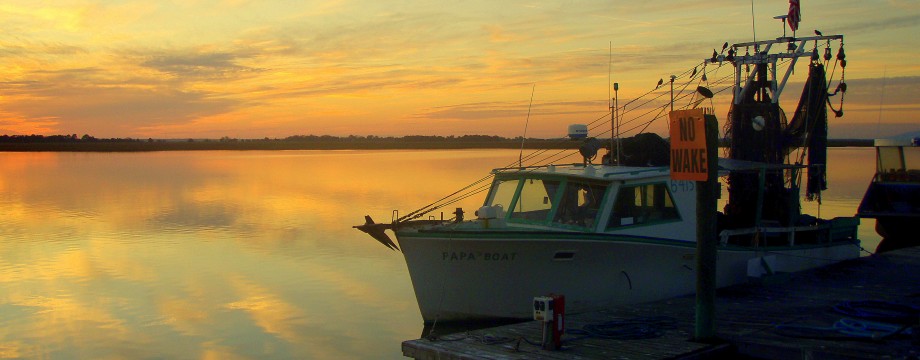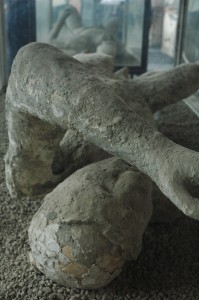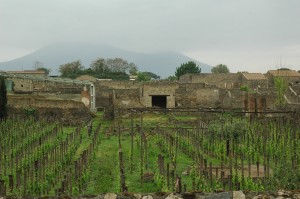Rain fell from the sky as we explored the stone streets of Pompeii, a far cry from the August day thousands of years prior when a cloud of ash and fire consumed the small coastal retreat.
Entombed in hardened pumice and covered in ages of debris, Pompeii brings to sight the life and culture of 79 AD. Eerily frozen in contorted poses of desperation, the inhabitants of this Roman city fell prey to the violent eruption of Mount Vesuvius, the ominous peak overshadowing Pompeii to the north.
From Naples, tourists hurry to the train station for a quick escape from mounding filth lining the streets and garbage heaps rising waist high at each corner. A half hour ride removes travelers from the city into green coastline stretching toward Amalfi and Sorrento.
Stopping at Pompeii Scavi, acres of millennia old city streets await just steps from the station at the park’s entrance. Tour guides bark their sales pitch in front of the ticket counter, although a decent option for traveling groups, independent travelers should be aware that like most European sites very few plaques and descriptions are available for self discovery.
The surest way to see the sprawling open-air exhibit on your own is with the purchase of an audioguide, as intended by the lack of written explanation inside. A safe bet for an educated journey, audioguides are a common sight at European museums and monuments typically costing around 5€. For couples and small families, don’t forget to pack a pair of ear splitters and at least one pair of headphones to cut down on costs.
Temples, governmental buildings, markets and shops tell the story of how life was lived nearly 2000 years ago. Some of the most telling locales are the public bath houses, a place of communal gathering and functional use. Hot and cold baths, dressing rooms, a latrine and a swimming pool all housed in a single building played a large part of life in the Roman Empire.
Homes and public buildings alike still retain some of the original décor including vivid frescos and elaborate tile mosaics. A single mosaic, uncovered in the House of the Fawn, depicts a great battle using more than a million tiny pieces of tile.
On the outskirts of residential life in Pompeii, vineyards are still kept in the area originally used for such purposes. Further down the path lay two theatres for plays, musicals, monologues and public gatherings of different sizes. In the Great Theatre, once holding some 5,000 spectators, be sure to stand center stage and take notice of the phenomenal acoustics still found in the stone structure.
Pompeii is also home to another notable place of public assemblies, the amphitheatre, one of the oldest and best preserved in the world. Seating 20,000, the amphitheatre was the site of gladiator matches and battle reenactments.
Impressive as the entire site is, with its ancient ruins and high level of preservation, there is one sight not to be missed. Only the faces and bodies of its victims are able to so vividly depict the destruction and sorrow of the Mt. Vesuvius eruption. By a method discovered in 1875, archaeologists are able to pour plaster into voids created by the decomposition of human remains forming a cast of that person as they were encapsulated in ash.
Several examples of this technique are found throughout the site. Many rest along the forum including a dog and a man known as the Mule Man as he was found with his mule, presumably trying to escape the disaster.
Expect to spend a full day exploring the wonders of Pompeii. Leave the history books at home and wear your walking shoes in preparation for an immersion into how things were in 79 AD.






